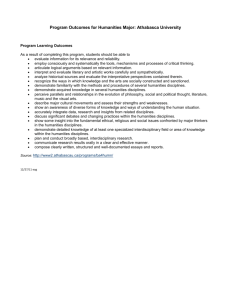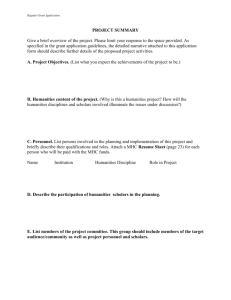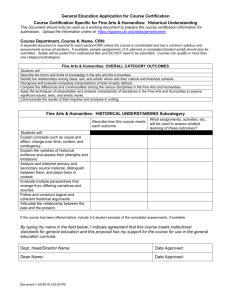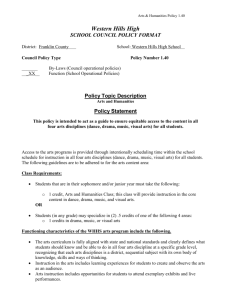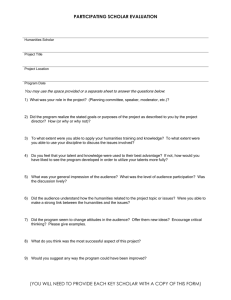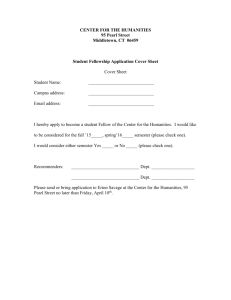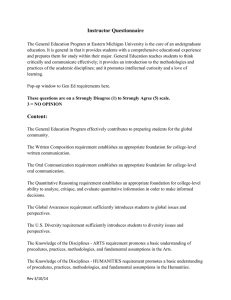Families of Disciplines Handout
advertisement
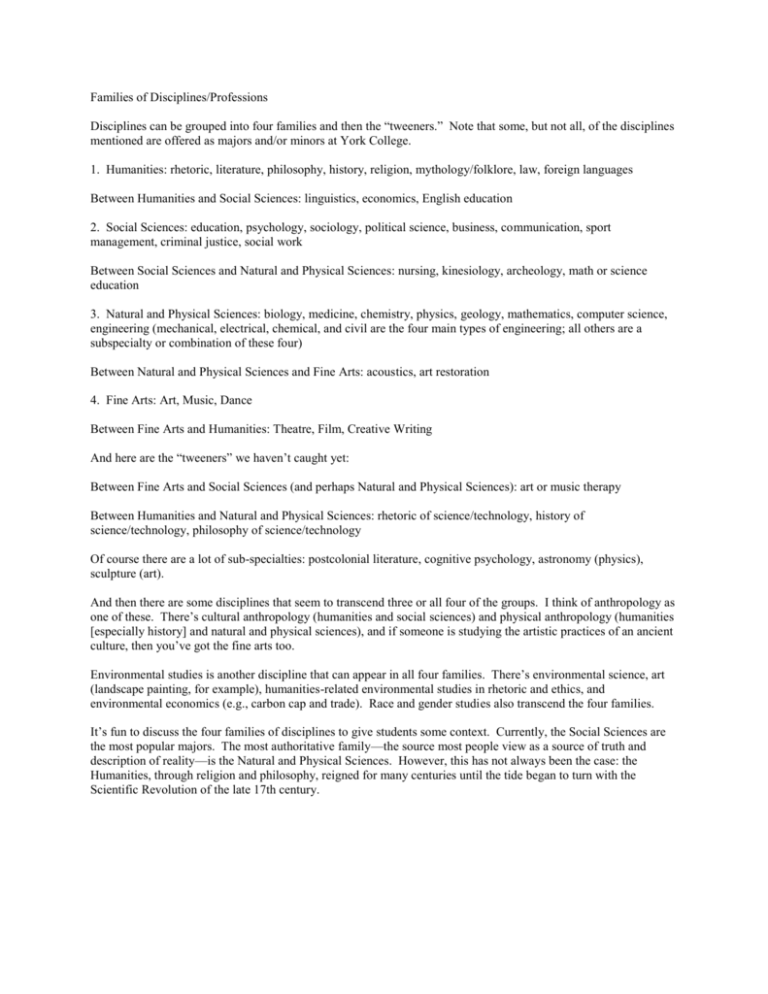
Families of Disciplines/Professions Disciplines can be grouped into four families and then the “tweeners.” Note that some, but not all, of the disciplines mentioned are offered as majors and/or minors at York College. 1. Humanities: rhetoric, literature, philosophy, history, religion, mythology/folklore, law, foreign languages Between Humanities and Social Sciences: linguistics, economics, English education 2. Social Sciences: education, psychology, sociology, political science, business, communication, sport management, criminal justice, social work Between Social Sciences and Natural and Physical Sciences: nursing, kinesiology, archeology, math or science education 3. Natural and Physical Sciences: biology, medicine, chemistry, physics, geology, mathematics, computer science, engineering (mechanical, electrical, chemical, and civil are the four main types of engineering; all others are a subspecialty or combination of these four) Between Natural and Physical Sciences and Fine Arts: acoustics, art restoration 4. Fine Arts: Art, Music, Dance Between Fine Arts and Humanities: Theatre, Film, Creative Writing And here are the “tweeners” we haven’t caught yet: Between Fine Arts and Social Sciences (and perhaps Natural and Physical Sciences): art or music therapy Between Humanities and Natural and Physical Sciences: rhetoric of science/technology, history of science/technology, philosophy of science/technology Of course there are a lot of sub-specialties: postcolonial literature, cognitive psychology, astronomy (physics), sculpture (art). And then there are some disciplines that seem to transcend three or all four of the groups. I think of anthropology as one of these. There’s cultural anthropology (humanities and social sciences) and physical anthropology (humanities [especially history] and natural and physical sciences), and if someone is studying the artistic practices of an ancient culture, then you’ve got the fine arts too. Environmental studies is another discipline that can appear in all four families. There’s environmental science, art (landscape painting, for example), humanities-related environmental studies in rhetoric and ethics, and environmental economics (e.g., carbon cap and trade). Race and gender studies also transcend the four families. It’s fun to discuss the four families of disciplines to give students some context. Currently, the Social Sciences are the most popular majors. The most authoritative family—the source most people view as a source of truth and description of reality—is the Natural and Physical Sciences. However, this has not always been the case: the Humanities, through religion and philosophy, reigned for many centuries until the tide began to turn with the Scientific Revolution of the late 17th century. Research Methodologies The four families of disciplines produce and validate knowledge through various research methodologies. 1. Quantitative Experiment with the use of the scientific method (Natural and Physical Sciences) State hypothesis, design experiment, conduct experiment, collect and interpret results Quantitative Description (some Natural and Physical Sciences such as wildlife biology) Survey/Polling (Social Sciences and some Natural and Physical Sciences, especially medicine) 2. Qualitative Interview (Social Sciences) Focus Group (Social Sciences) Case Study (Social Sciences, some Humanities, and some Natural and Physical Sciences such as paleontology, a discipline whose research consists of detailed, descriptive “case studies” of fossils) Ethnography (i.e., rich, thick description of an entire social or cultural environment) Together, Quantitative and Qualitative methodologies constitute empirical research because these methodologies rely on the collection and interpretation of data. Theoretical and performance methodologies, below, are nonempirical. 3. Theoretical Textual Analysis (Humanities) Textual Analysis can take the form of one or more of the following “lenses”: Rhetorical (i.e., how well a text fulfills its intended purpose) Literary Feminist or gendered Race-based Class-based (i.e., Marxist) Psychoanalytic 4. Performance Fine Arts It’s uncommon to think of an artistic performance as a research methodology, but consider that an orchestra conductor, for example, will research the many ways that Beethoven’s Fifth Symphony can be performed and make decisions on the best kind of performance. There are a zillion editions of this piece, for example. Which one to use? Should it be performed with contemporary or period instruments? Tempos? Dynamics? What other pieces should be on the program that would make musical sense with the Fifth Symphony?
